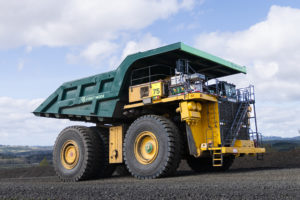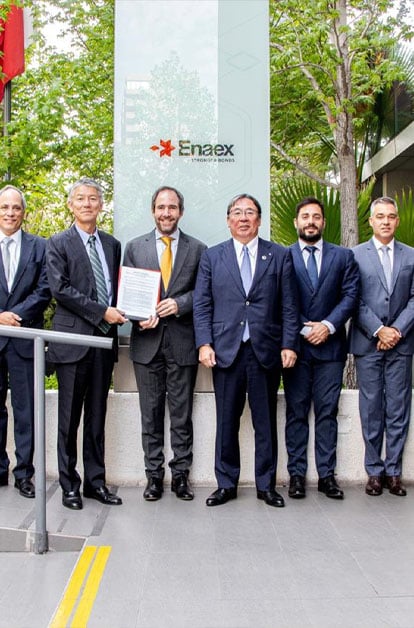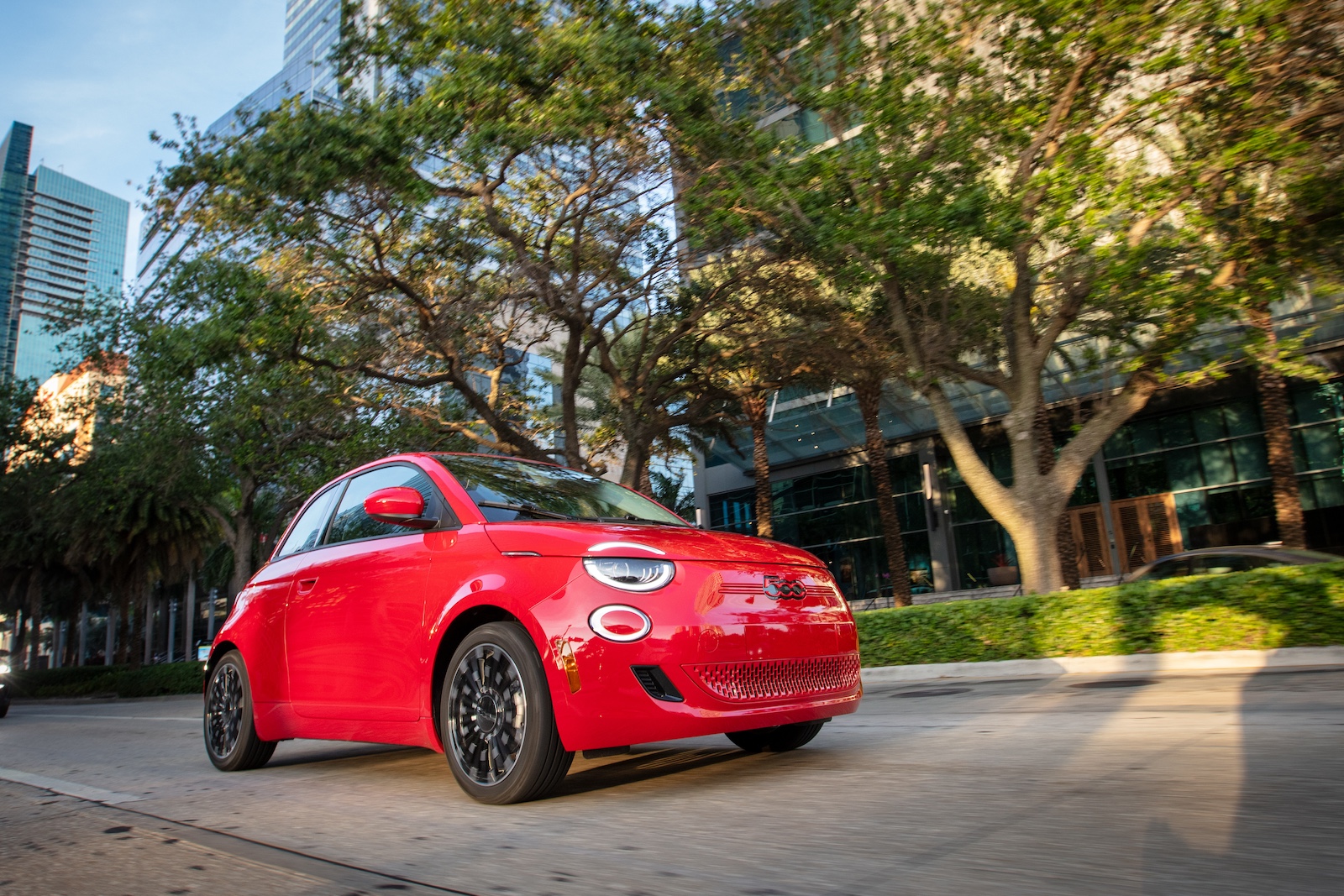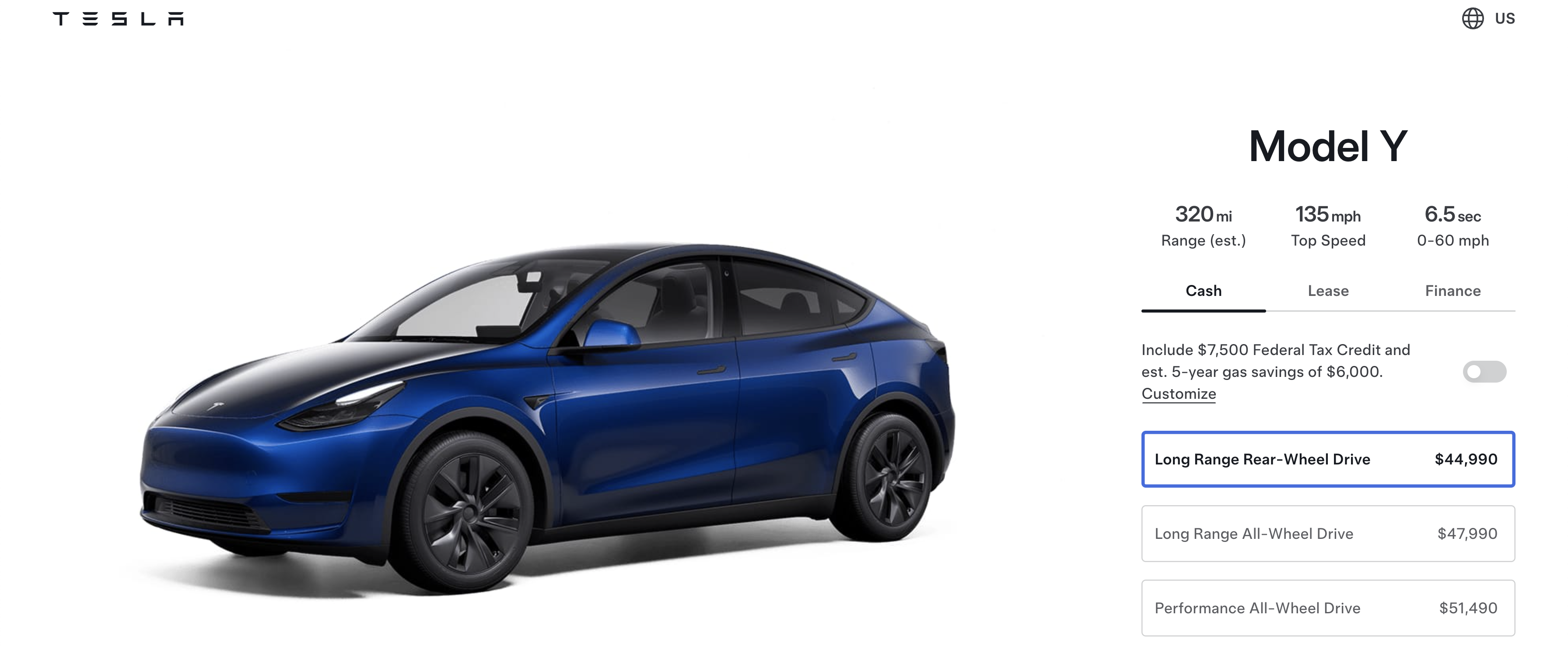First Mode has been something of a trailblazer in decarbonisation solutions for mining trucks. It works on the basis that the most sustainable mining truck is the one you already own and says its retrofit power systems can extend the life of existing fleets with an integrated design that maximises flexibility and interoperability.
In mining, a typical heavy-haul truck burns about 1 million litres of diesel fuel per year and remains in continuous operation for 10-15 years. Across First Mode’s customer market, it estimates that over 13,000 of these trucks are in global operation, releasing 35 million metric tons of carbon dioxide annually – the equivalent emissions of 8 million passenger cars per year.
First Mode CEO, Julian Soles

To help the sector achieve its goal of 85-100% emissions reduction by 2050, First Mode’s Path to Zero™ product line begins with a low-risk hybrid electric vehicle (HEV) retrofit that requires no infrastructure changes and uses regenerative braking to decrease truck fuel use and carbon emissions by up to 25%. From there, the HEV’s interoperable ‘feed forward’ design enables mining companies to complete their fleet conversion to zero-emissions using First Mode’s full battery or next-generation hydrogen fuel cell EV drivetrains at a pace and timeline that they control.
First Mode is a major participant in the forthcoming Electric Mine 2024 conference being held at the Crown Perth, May 21-23, in Western Australia, as a Dinner Sponsor as well as having two speakers, one of whom, CEO Julian Soles, shared some insights with IM ahead of the event.
Q First Mode occupies a unique role within the industry in helping drive decarbonisation in mining forward – being neither a truck OEM, nor a mining company but a retrofit solutions player – has this brought its own challenges in convincing customers to go down this road? Is the conservatism based on a fear that the trucks will be as productive?
Most major miners have pledged an 85-100% reduction in greenhouse gas emissions by 2050. First Mode not only has the mining experience and technical capabilities to help miners achieve these targets, but also rapidly de-risk innovation for them – as demonstrated by our DT74 proof-of-concept fuel cell electric vehicle (FCEV) developed in collaboration with Anglo American, and more recently, our retrofit product line expansion to include hybrid diesel, full battery, and the next generation fuel cell electric vehicle power systems, which leverage rather than discard customers’ existing fleets. Customer confidence is high, with purchase orders already placed for our HEV product, because no other modular power architecture in the market today can immediately convert existing fleets to hybrid EVs and then either our full battery or fuel cell EV systems, bridging customers to what’s next in clean energy at a pace that they control.
Q In October 2023 you announced three Path to Zero™ retrofit solutions for mining but since then have focused on the hybrid option – is this driven by the fact that this is where the greatest initial demand lies and what your customers have been asking for the most?
Our focus this year on our diesel hybrid electric vehicle (EV) retrofit reflects our customers’ need for a low-risk, cost-effective option that immediately reduces their greenhouse gas emissions as broader supply chains for both clean grid electricity and clean hydrogen continue to grow. Still, as much as we are focused on our hybrid EV, we remain committed to spurring the market for zero-emissions haulage solutions. Since these solutions can vary in their upfront systems requirements, we’re also diligently working to solve – for example – the challenges of fuel cell power density plus liquid hydrogen storage and refuelling.
First Mode proof of concept HEV

Q Will hydrogen fuel cell retrofits still have their ‘day’ in the industry and will your work with Anglo eg at Mogalakwena and the proposed Hydrogen Valley in Chile help prove the potential?
A range of battery and hydrogen-related innovations are essential to mining’s long-term decarbonisation. First Mode’s next-generation fuel cell EV solution offers numerous advantages, but its successful deployment and integration will require sustained access to not just clean but also cost-competitive hydrogen made from processes that emit little or no greenhouse gas emissions. To help bolster the nascent clean hydrogen economy globally, our global hydrogen sourcing team advises customers, equipment manufacturers, and suppliers on how to best harness clean hydrogen’s potential – leveraging their extensive proven experience, including over 1 GW hydrogen engineering project experience, to help engineer new liquid hydrogen facilities, negotiate offtake agreements, and build consortiums for aggregated offtake and hydrogen hub developments, among other options as needed.
Q You recently announced a collaboration with Mitsui to help scale your retrofit solutions – how do the two companies complement each other and how will this help take the First Mode solution to the next level?
First Mode’s strategic alliance with Mitsui & Co, Ltd., is grounded in our shared commitment to sustainability and reducing heavy industry’s greenhouse gas emissions. Mitsui’s extensive global business experience and network coupled with First Mode’s expertise in developing and manufacturing decarbonisation products for heavy haulage, including through battery and fuel cell powertrain electrification, creates a partnership uniquely equipped to explore new business opportunities that integrate First Mode’s Path to Zero™ product solutions into previously hard-to-abate sectors, starting with mining.
Q To date, your focus has been on retrofitting Komatsu trucks and specifically the Komatsu 930E – what is your current strategy to be able to bring your value add to more brands and types of trucks?
While our primary focus is on the Komatsu 930E and 830E platforms, our adaptable modular technology can enable rapid reengineering and production of retrofit solutions for electric-drive trucks of diverse brands and sizes and will be driven by customer demand and market sizing. We are also actively exploring potential applications within the freight rail, stationary power, and maritime sectors.
Q You have grown your global presence to include your testing area at Centralia, new facilities in Australia and elsewhere – are you getting to the point where you have a truly global testing, development, manufacturing and supply chain through which you will meet expected demand? Can you summarise the role and outline of each of your main sites?
The First Mode footprint extends across five continents and reflects our commitment to establishing a robust workforce and infrastructure that can support growth and meet global customer demand. In the USA, our engineering headquarters, R&D facility, proving grounds, and factory are strategically located near each other in Washington state to maximise operational efficiencies and our rapid change velocity of innovation. Our facilities in Perth, Australia, similarly serve as a crucial engineering hub closely connected to the local mining region. Other offices in Chile, South Africa, and the UK additionally strengthen our customer connections and as well as product development, manufacturing, and supply chain capabilities on a global scale.
The two mining truck photos above shown a proof of concept HEVs in a controlled test area at the First Mode Proving Grounds in Centralia (USA). Do not attempt.




